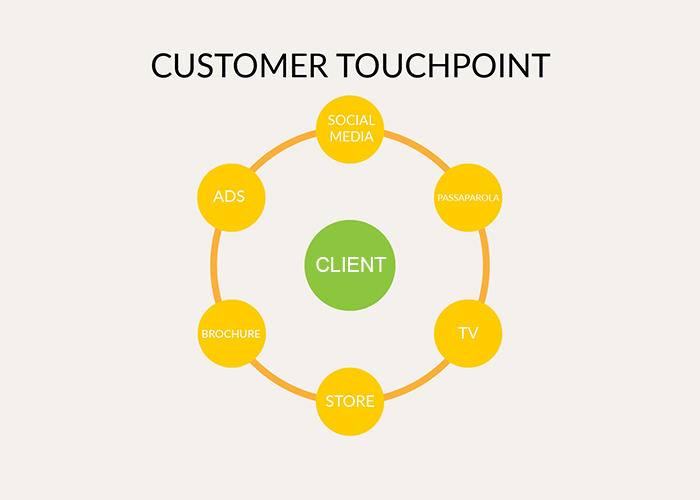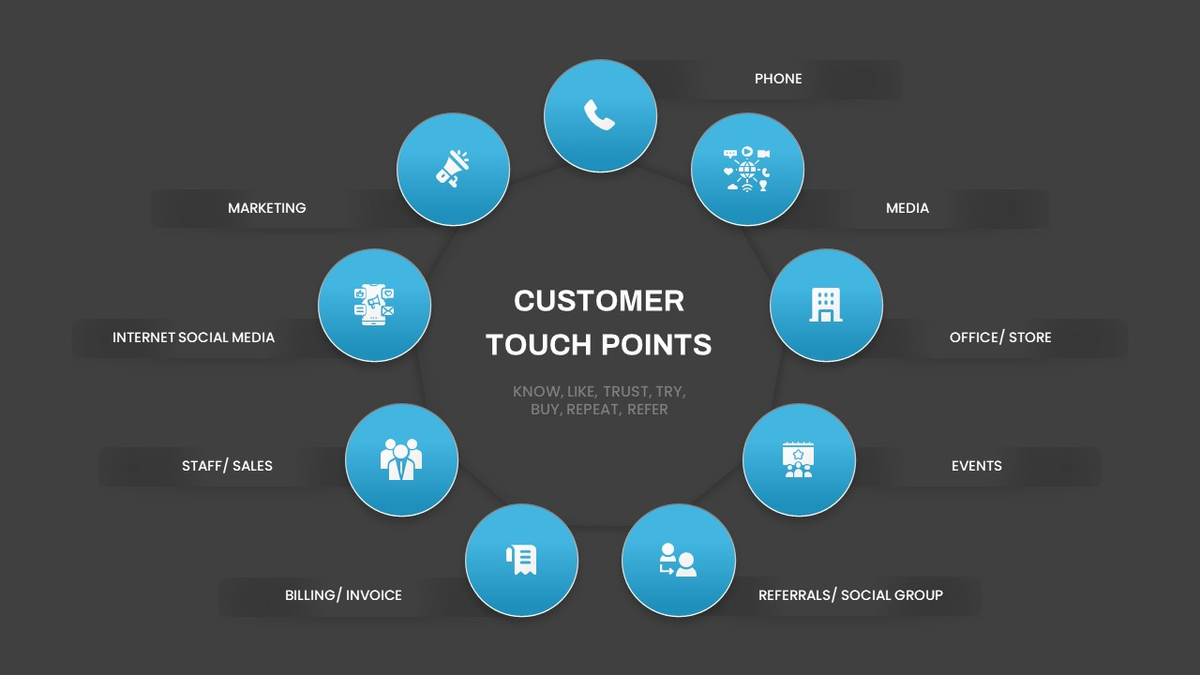Are you curious about customer journey touchpoints and how they impact a busi...

If you’re a business owner seeking to offer exceptional customer service, you should understand the concept behind customer journey touchpoints. From customer interaction to post-purchase engagement, it helps retain and manage your target audience.
With over 3.4 billion touchpoints for every customer, these can solve complex customer problems, allowing you to fulfill their high expectations and identify potential needs. You can analyze these touchpoints to get valuable insights into your customer’s behavior, preferences, and pain points.
However, identifying your customer touchpoints is not as simplified as it seems. This article covers a detailed guide on how to analyze customer touchpoints and why they are essential for your business.
Before we jump into the details, it is crucial to know about the concept behind customer journey touchpoints. These are simply the interactions and points of contact that a customer has with a brand throughout their entire purchasing journey.
This starts from the first encounter of a customer with a particular brand and goes beyond post-purchase engagement. The best thing is these touchpoints can occur across a wide range of channels and are not only limited to social sites, emails, or in-stores. While every touchpoint is important, it usually takes 8 touchpoints to boost your sales. Here are some of the examples of customer touch points:
Now that you have understood the basics of customer journey touchpoints, you might be excited to know their importance in your various business aspects. Fortunately, these touchpoints add value by providing an opportunity for the brand to build relationships with its customers. Besides, here are several other benefits of consumer touchpoints:
Touchpoints provide insights into how customers interact with a brand at different stages of their journey. Analyzing these interactions helps businesses understand customer behavior, preferences, pain points, and decision-making processes.
Once you identify customer touch points, it becomes easy to optimize them and create an engaging experience for customers. When you have consistent and positive interactions across touchpoints, it builds trust and satisfaction among consumers of all ages. This, in turn, leads to improved customer retention and brand reputation.

One of the key benefits of customer journey touchpoints is they help businesses address any pain points or gaps in the client journey. Corporations or large organizations can identify areas for improvement and implement strategies to enhance the overall experience. Plus, here are some ways these touchpoints help business owners:
Analyzing touchpoints in marketing helps you allocate resources effectively by identifying the most impactful marketing channels and strategies. This helps businesses maximize their marketing ROI and add to the revenue growth of a company. For instance, you can identify underperforming touchpoints or high-performing ones to increase your marketing value.
To better understand the touch point strategy, it is crucial that you know the different types of touchpoints used in various business industries. These can vary depending on a particular company and include the following list:
Pre-purchase touchpoints are interactions and points of contact that occur before a customer makes a purchase. These touchpoints play a crucial role in building awareness, generating interest, and guiding potential customers towards a buying decision. Here are some common pre-purchase touchpoints:
Purchase touchpoints are specific interactions between a customer and a business that occur during the process of making a purchase. These touchpoints are crucial as they directly influence the customer's decision to buy a product. Statistically, more than 76% of customers buy a product after visiting it online or on social forums. Here are some common types of purchase touchpoints:

Post-purchase customer journey touchpoints are interactions and experiences that occur after a customer has completed a purchase. These touchpoints are crucial for fostering customer satisfaction, loyalty, and advocacy. Here are some common examples of post-purchase touchpoints:
Depending on the type of customer journey touchpoints, businesses can improve their brand value and build strong relationships with clients. This also allows them to map out the customer journey comprehensively and identify opportunities to enhance the customer experience at each stage.
At this point, you might have the answer to what are marketing touchpoints and how they help you in business growth. However, one thing that still remains unanswered is how you can implement them in your company. Fortunately, there are many ways to utilize these customer journey touchpoints effectively to leverage your business. You can start by identifying all the touchpoints where customers interact with your brand throughout their journey.
Then, visualize the sequence of touchpoints from initial awareness to post-purchase engagement. However, the best way to do this is through AI support. In today’s hyper-technological world, you can use AI customer service to enhance your customer experience. For this, Aidbase is here to help. It is a reliable AI chatbot customer service platform that automates your business strategies around the clock. Contact now to simplify your customer service.